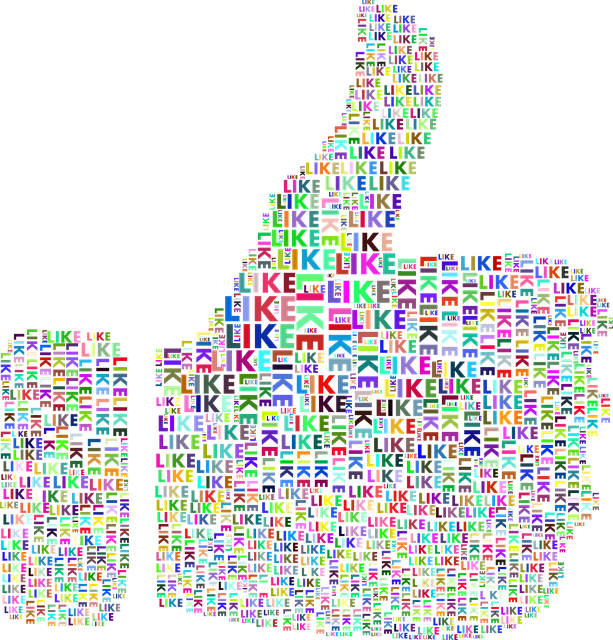 In a major change, social media platforms may hide “like” numbers that appear beneath people’s photos and posts.
In a major change, social media platforms may hide “like” numbers that appear beneath people’s photos and posts.
Facebook is considering removing like counts, and Instagram has already experimented with hiding the numbers in Canada and other countries. While the numbers are hidden from public view; the post’s creator can still see the like counts and who liked their content.
Facebook, which owns Instagram, says it’s considering the change to improve users’ mental health. In some quarters, social media has become a popularity contest that produces toxic levels of anxiety and envy. Users may post inauthentic content or delete posts with inadequate like counts. Less emphasis on the heart and thumbs up icons will help transform social media from a popularity competition to a medium for self-expression and social connecting.
Christopher Penn, co-founder and chief data scientist at Trust Insights, sees a more nefarious reason. In his newsletter, he argues that Facebook’s real motivation is to quash influencer marketing, Facebook considers money spent on influencer marketing as money it didn’t collect for advertising. It shows that Facebook can change its rules at any time for its own benefit. Its stated desire to improve users’ mental health is merely a “vacuous claim,” Penn says.
In a similar move, YouTube is introducing “abbreviated public subscriber counts.” Channels with large numbers of subscribers will show approximate rather than exact subscriber numbers. Creators can still see their full subscriber counts privately in YouTube Studio and YouTube Analytics. YouTube says it wants to reduce competition between its creators. It says the change creates more consistency and addresses creator concerns about stress and wellbeing. Deflection of advertising revenue to influencers seems to be the more likely reason for the change in the popular metric for influencer marketing
Many PR and marketing pros make use of likes data as a metric to evaluate their own content and content of influencers. Although some measurement experts criticize likes, brands sometimes discover influencers or pay them based on how many likes they obtain. Without likes, brands and their social media partners will need to find substitute metrics.
“We understand that this is important for many creators, and while this test is in exploratory stages, we are thinking through ways for them to communicate value to their brand partners,” an Instagram spokesperson told TechCrunch.
Influencers fear the disappearance of likes will diminish their popularity and puncture their egos as well as their relationships with advertisers. Research shows that more than half of influencers affected by the Instagram test have reported that the number of likes on their posts dropped and their growth in follower counts slowed.
Many Other Social Media Metrics
“It is a bold move, to be sure. But it is an understandable one,” says Kevan Lee, vice president of marketing at Buffer.
The main problem with the likes is that people use it in different ways, he adds. It can mean: yes, I agree, I hear you, sure, why not, I guess. It can be used as a bookmark and for other purposes. The metric only shows that people saw the post.
Sophisticated marketers and PR pros are already moving beyond likes. They can analyze a slew of other metrics, such as reshares comments, clicks, referral traffic, brand followers, visits of profiles and stories. Other metrics include:
- Completion rate for Stories,
- Video watch time and audience retention,
- Referral traffic and attribution,
- Engagement rate (total interactions divided by reach).
The decision to hide the number of likes signals the end of an era, Lee says. The new era will be defined by attention. “People give attention on social media in many different ways,” he writes. “Now that we can measure so much of it, the era of attention has arrived for social media marketing.”
The Top Goal: Reliable Reach
The disappearance of likes means that obtaining “reliable reach” will be the ultimate goal for brands, Penn asserts. Reliable reach can be achieved through channels the brand controls — where customer attention is not diverted by social network newsfeed or search engine algorithms. “If it’s built on someone else’s land, chances are your reach isn’t or won’t remain reliable,” he says.
Penn advises:
- Change your weighting analysis to influencers who own their own media properties, such as blogs, email, podcasts or private groups.
- Build on land you own. Consider podcasts, newsletters or a private Slack or Discord community. Strive to move audiences from rented land like social networks to owned media.
- Measure the impact of influencer programs in quantifiable terms that correlate to business impact.
- Set an adequate measurement budget. The guideline is to spend 10 to 25 cents for measurement for every dollar spent on marketing.
Bottom Line: Hiding like counts on Facebook and Instagram represents a substantial change for influencers and social media measurement. Influencers worry the change may harm their livelihoods, but social media marketers seem less concerned. Many already place greater emphasis on more sophisticated and meaningful metrics.
William J. Comcowich founded and served as CEO of CyberAlert LLC, the predecessor of Glean.info. He is currently serving as Interim CEO and member of the Board of Directors. Glean.info provides customized media monitoring, media measurement and analytics solutions across all types of traditional and social media.




